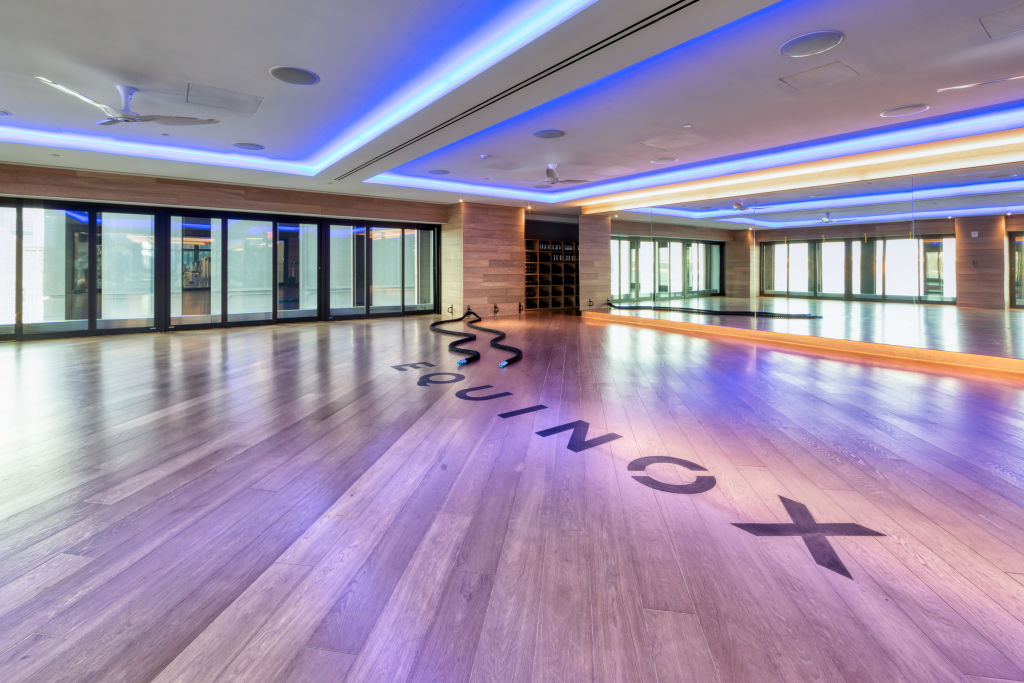AMD reveals specs and change log for R9 300 lineup; Series uses older, but optimized chipset
AMD's high-end R9 300 lineup will not be using the anticipated Fury GPUs at the heart of the video card units, but instead will be utilizing an older chipset from a previous product line. This was clarified by the electronics company after reports trickled in concerning the issue and accusing the lineup to be nothing more than a rebadge of older product lines.
VRWorld.com published the clarification from AMD regarding the issue about the chipset, saying that the chipset has been in development for more than year prior to release. AMD skirted the issue about the rebadging however, only saying that the graphics card "comes standard with 8GB of GDDR5 memory and outpaces the 290X." WCCFtech.com has previously said that the R9 series actually contained a chipset codenamed Grenada, an optimized revision of the older Hawaii architecture from two years ago.
In the statement, AMD also listed down the changes that came with the 300 series graphics cards, including manufacturing process optimizations that increased the engine clock on the 390 and 390x cards by 50MHz, tuning the memory interface and increasing the memory clock from 1250MHz to 1500MHz, and the memory bandwidth from 320GB/s to 384 GB/s for faster performance. The changes also included a re-write of the power management micro-architecture of the graphics cards. This forms the argument made by WCCFTech that Grenada may not be a "strict" rebranding after all - if the statement made by AMD is true.
AMD has also taken a swipe at its perennial rival Nvidia, which has had serious issues with high-end cards being unable to handle the demands of ultra-high resolution gaming. The company has claimed that the top-tier offerings in the 300 series, specifically the 390 and 390X models, are ideal for gaming at 4k resolution, and more than capable of taking on the competition.












